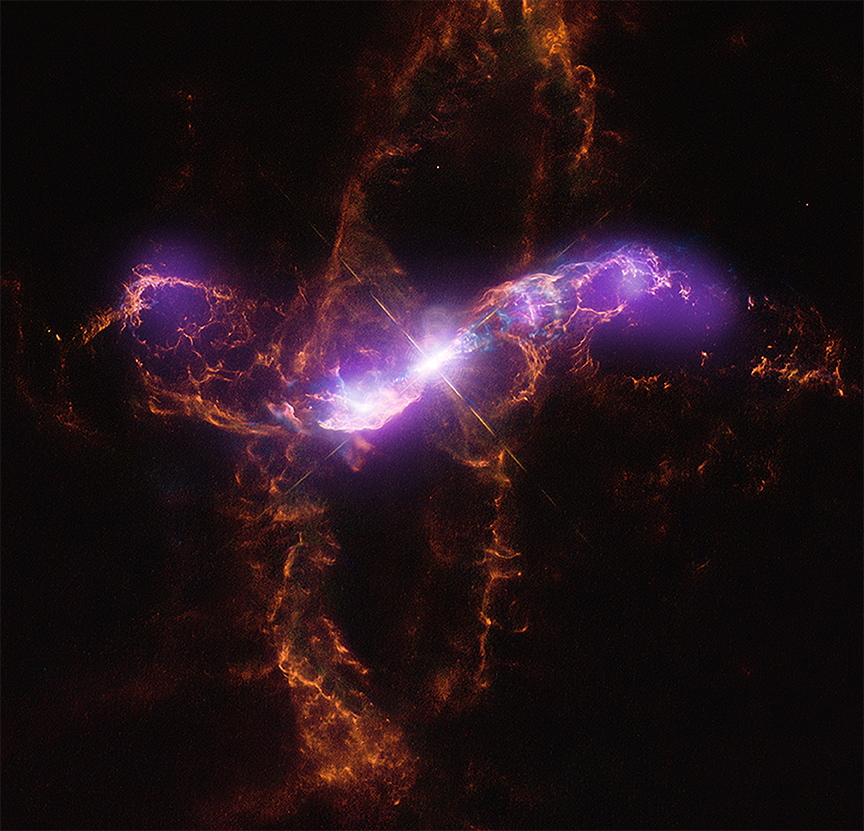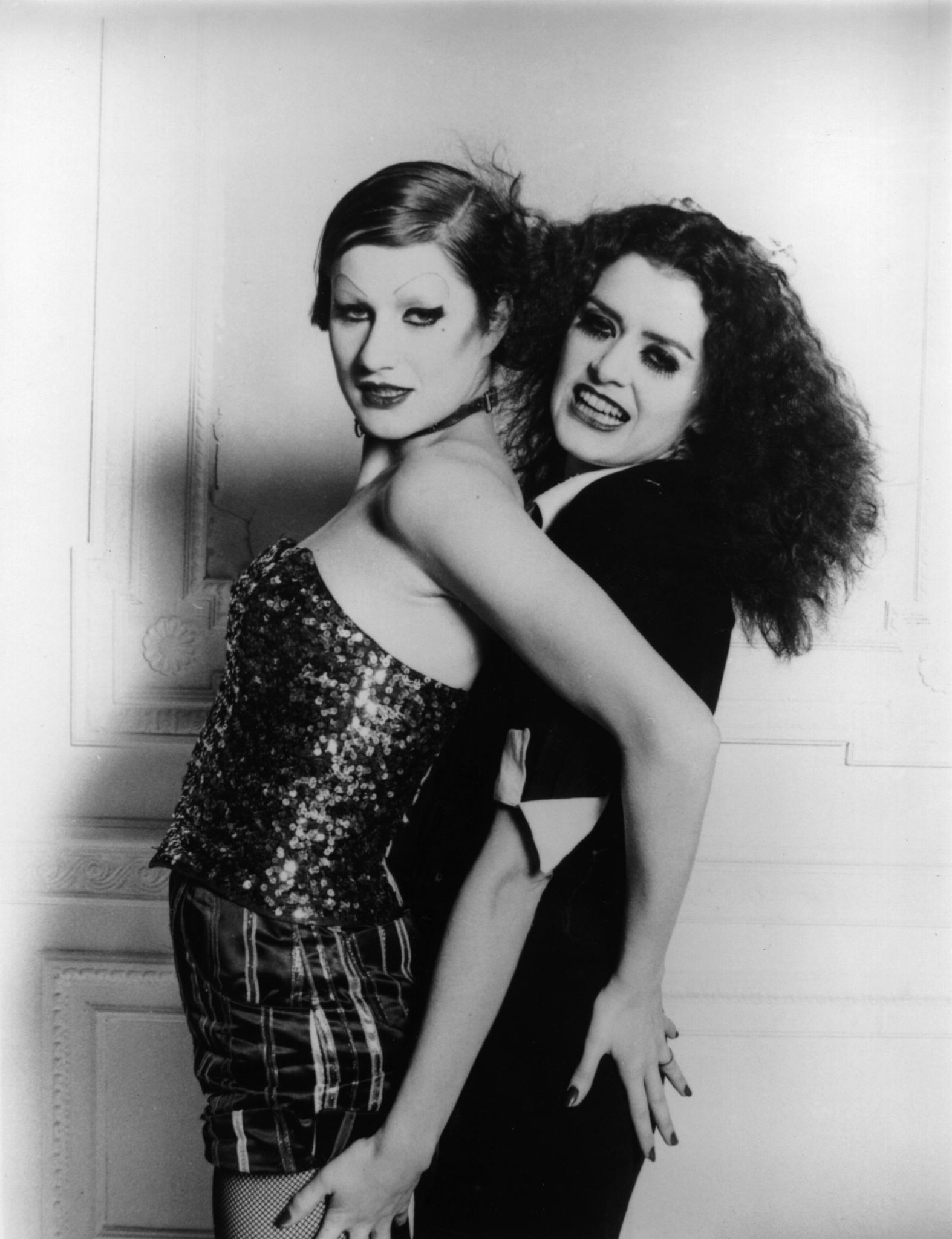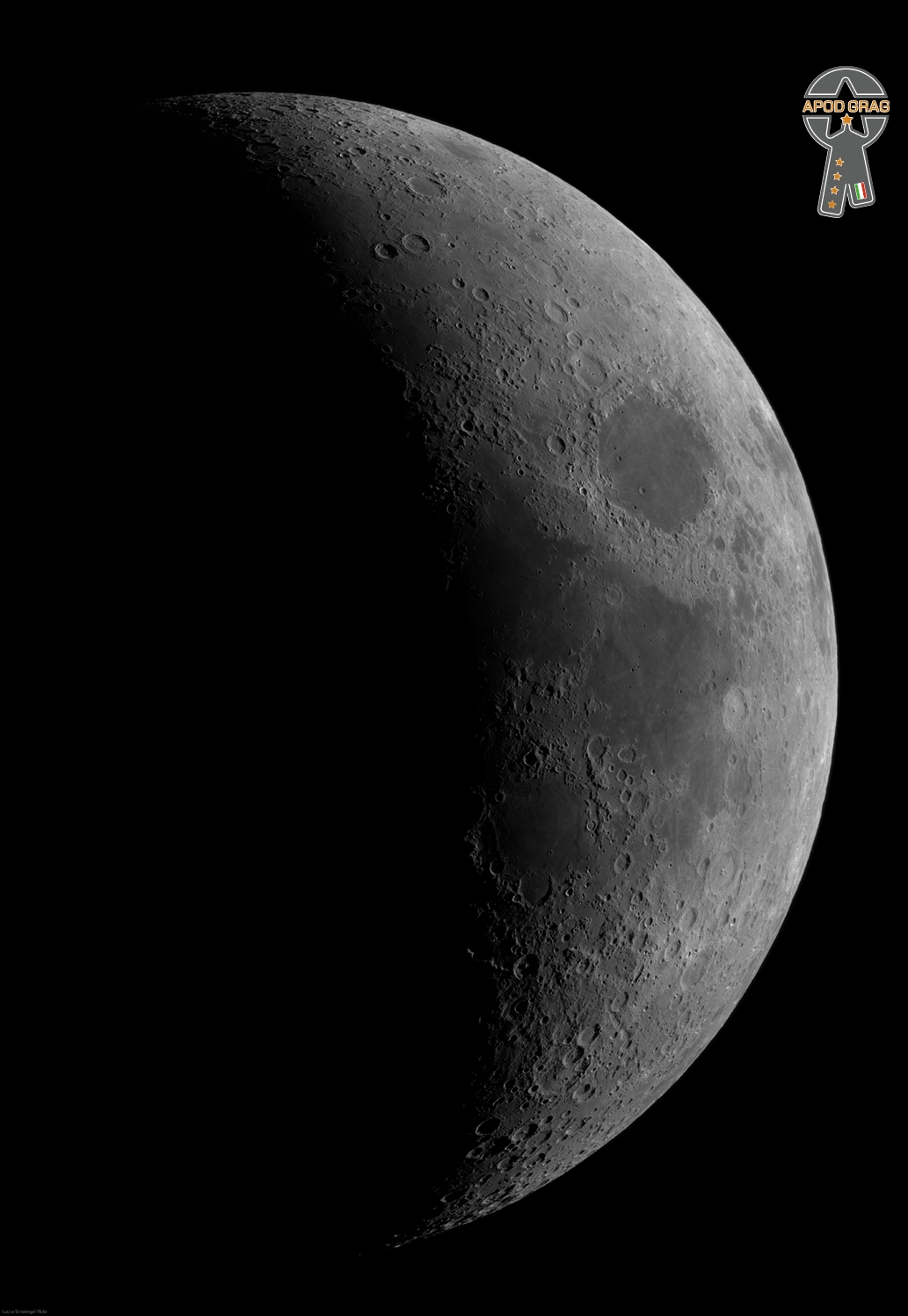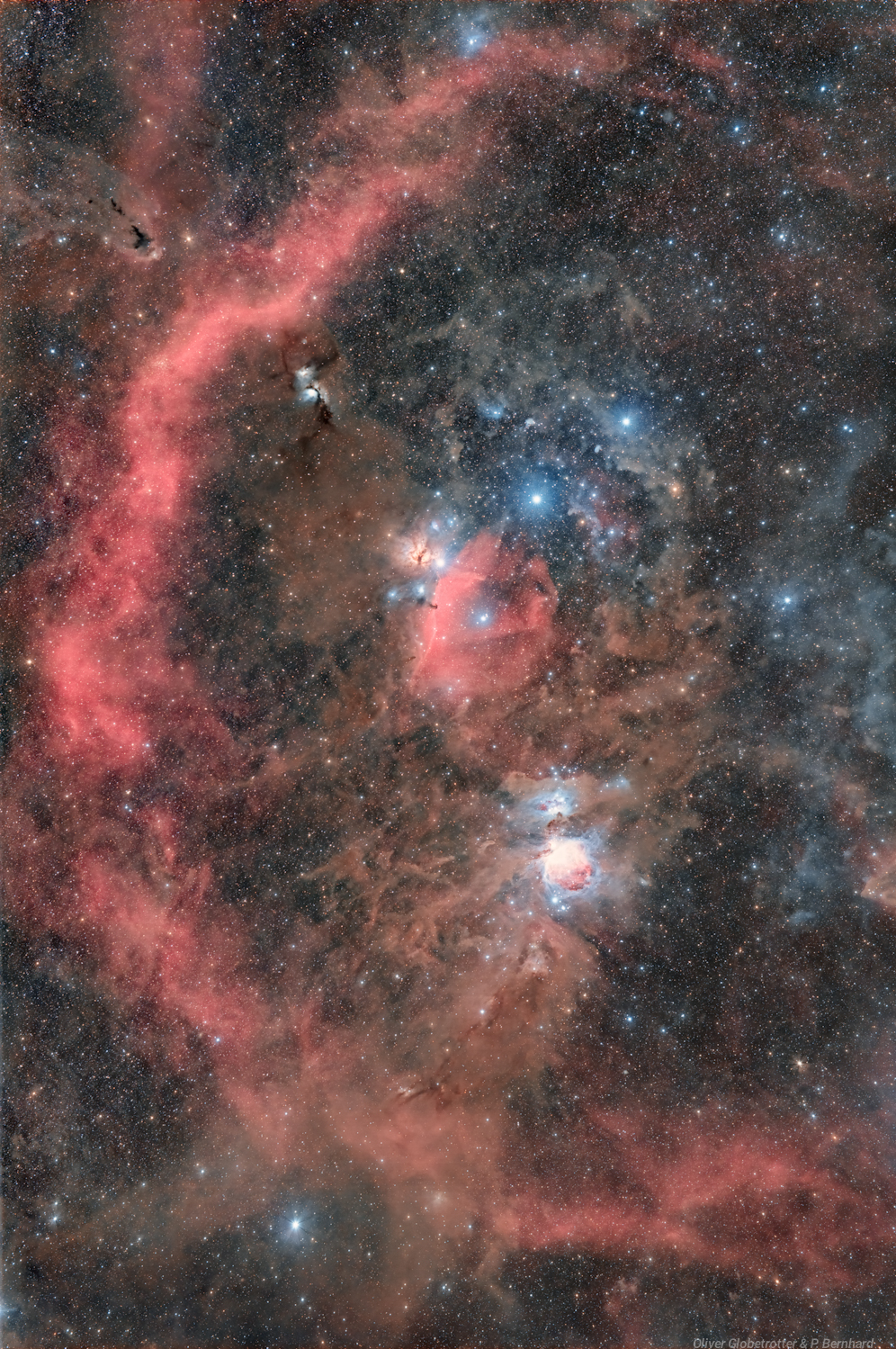Blog
Variable star R Aquarii is actually an interacting binary star system, two stars that seem to have a close symbiotic relationship. Centered in this space-based optical/x-ray composite image it lies about 710 light years away. The intriguing system consists of a cool red giant star and hot, dense white dwarf star in mutual orbit around their common center of mass. With binoculars you can watch as R Aquarii steadily changes its brightness over the course of a year or so. The binary system’s visible light is dominated by the red giant, itself a Mira-type long period variable star. But material in the cool giant star’s extended envelope is pulled by gravity onto the surface of the smaller, denser white dwarf, eventually triggering a thermonuclear explosion, blasting material into space. Astronomers have seen such outbursts over recent decades. Evidence for much older outbursts is seen in these spectacular structures spanning almost a light-year as observed by the Hubble Space Telescope (in red and blue). Data from the Chandra X-ray Observatory (in purple) shows the X-ray glow from shock waves created as a jet from the white dwarf strikes surrounding material.

Al Kooper (born Alan Peter Kuperschmidt, February 5, 1944 Brooklyn, NY) is an American songwriter, record producer and musician, known for organizing Blood, Sweat & Tears, although he did not stay with the group long enough to share its popularity. Throughout much of the 1960s and 1970s he was a prolific studio musician, playing organ on the Bob Dylan song “Like a Rolling Stone“, French horn and piano on the Rolling Stones song “You Can’t Always Get What You Want“, and lead guitar on Rita Coolidge‘s “The Lady’s Not for Sale“, among many other appearances. Kooper also produced a number of one-off collaboration albums, such as the Super Session album that saw him work separately with guitarists Mike Bloomfield and Stephen Stills. In the 1970s Kooper was a successful manager and producer, notably recording Lynyrd Skynyrd‘s first three albums. He has also had a successful solo career, written music for film soundtracks, and has lectured in musical composition. He is currently retired.
more...illiam Allen Mays (born February 5, 1944), known professionally as Bill Mays, is an American jazz pianist from Sacramento, California.
He came from a musical family and at the age of 15 became interested in jazz at an Earl Hines concert.
From 1969 to the early 1980s Mays worked as a studio session musician in Los Angeles. He has been an accompanist to singers Al Jarreau, Peggy Lee, Anita O’Day, Frank Sinatra, Sarah Vaughan and Dionne Warwick, and also worked with artists such as Don Ellis, Mel Lewis, Barry Manilow, Shelly Manne, Bob Mintzer, Red Mitchell, Gerry Mulligan, Art Pepper, Bud Shank, Bobby Shew, Sonny Stitt, Paul Winter, Phil Woods and Frank Zappa. In 1984, he moved to New York City and began to do more work as a bandleader, composer, and arranger. He has recorded over two dozen albums under his own name, and has been heard on hundreds more by others.
more...Richard Quentin Laird (5 February 1941 – 4 July 2021) was an Irish musician, photographer, teacher, and author best known as the bassist and founding member of the jazz fusion band Mahavishnu Orchestra, with which he performed from 1971 to 1973.
Laird was born in Dublin, Ireland, on 5 February 1941, to a musical family. His mother played the piano in a variety of styles and his father played the ukulele; Laird started playing both instruments when he was three. At around five years of age, Laird started formal tuition in the guitar and piano, and he had already started to read sheet music. He soon quit the piano as he did not perform well, which led him to take up painting and drawing. At twelve, Laird began lessons in Spanish guitar, but his teacher used books that he felt were too difficult, so he quit. He then discovered jazz from his mother, who bought her son a pair of drum brushes and made him play along to records.
more...Big Bill Bissonnette (February 5, 1937 – June 26, 2018)[1] was an American jazz trombonist, drummer, and record producer.
He was a strong advocate of New Orleans jazz as played by veteran African-American musicians. In the 1960s, he led his own group, the Easy Riders Jazz Band, formed his own label, Jazz Crusade,[2] and organized northern tours for Kid Thomas Valentine, George Lewis, and Jim Robinson. He produced over 100 recorded jazz sessions for Jazz Crusade and appeared as trombonist or drummer on over 50 recording sessions of New Orleans jazz.[citation needed]
The Easy Riders Jazz Band was one of the most acclaimed revival bands of the 1960s.[citation needed] Bissonnette brought Sammy Rimington to the United States. During his career, he worked with Alvin Alcorn, Red Allen, Jimmy Archey, Polo Barnes, Albert Burbank, Alex Bigard, Don Ewell, Pops Foster, George Guesnon, Edmond Hall, Bob Helm, Tuba Fats Lacen, George Lewis, Fred Lonzo, Alcide Pavageau, George Probert, Kid Sheik, Zutty Singleton, Victoria Spivey, Gregg Stafford, Michael White, and Kid Thomas Valentine.
Bissonnette came in first place as “New Young Artist” in the 1965 Jazzology Jazz Poll.[citation needed] Over 30 years later he placed No. 5 among all jazz trombonists in the same poll. After a period out of music, he published his memoir, The Jazz Crusade, in 1992, reactivated his label, and began to play again. He spent much of the 1990s documenting the British jazz scene with his “Best of the Brits” album series.[citation needed]
He retired in 2006 and died a dozen years later, in June 2018 at the age of 81.
more...Theatre 55’s last weekend performances. Tonight Friday 2-4-22 7pm at Mixed Blood Theater on the West Bank. With shows Saturday 7pm and final Sunday matinee 3pm. Music with Victor Zupanc, Jamie Carter, Lyra Olson and mick laBriola.

1975: Patricia Quinn (right) and Little Nell Campbell star in the cult musical ‘The Rocky Horror Picture Show’, directed by Jim Sharman for 20th Century Fox. (Photo by Evening Standard/Getty Images)
The Moon is Earth‘s only natural satellite. At about one-quarter the diameter of Earth (comparable to the width of Australia), it is the largest natural satellite in the Solar System relative to the size of a major planet, the fifth largest satellite in the Solar System overall, and larger than any known dwarf planet. The Moon is a planetary-mass object that formed a differentiated rocky body, making it a satellite planet under the geophysical definitions of the term. It lacks any significant atmosphere, hydrosphere, or magnetic field. Its surface gravity is about one-sixth of Earth’s (0.1654 g); Jupiter‘s moon Io is the only satellite in the Solar System known to have a higher surface gravity and density.
Orbiting Earth at an average distance of 384,400 km (238,900 mi), or about 30 times Earth’s diameter, its gravitational influence slightly lengthensEarth’s day and is the main driver of Earth’s tides. The Moon’s orbit around Earth has a sidereal period of 27.3 days. During each synodic period of 29.5 days, the amount of visible surface illuminated by the Sun varies from none up to 100%, resulting in lunar phases that form the basis for the months of a lunar calendar. The Moon is tidally locked to Earth, which means that the length of a full rotation of the Moon on its own axis causes its same side (the near side) to always face Earth, and the somewhat longer lunar day is the same as the synodic period. That said, 59% of the total lunar surface can be seen from Earth through shifts in perspective due to libration.

Kitarō (喜多郎), born Masanori Takahashi (高橋 正則) (February 4, 1953), is a Japanese recording artist, composer, record producer, and arranger noted for his electronic–instrumental music, and is often associated with and regarded as one of the most prominent musical acts of new-age music. He won the Grammy Award for Best New Age Album for Thinking of You (1999), with a record 16 nominations in the same category. He received a Golden Globe Award for the original score to Heaven & Earth (1993).
more...John Stubblefield (February 4, 1945 – July 4, 2005) was an American jazz saxophonist, flautist, and oboist.
Stubblefield was born and raised in Little Rock, Arkansas. He studied music at the Association for the Advancement of Creative Musicians with Muhal Richard Abrams in Chicago before moving to New York City in 1971.
After moving to New York, Stubblefield played with the Mingus Big Band for 13 years. During his career, Stubblefield played with the World Saxophone Quartet (1986–1988), Reggie Workman(1989–1993), McCoy Tyner (1984), Freddie Hubbard (1985), and George Russell (1985). Stubblefield also served for a time as a jazz ensemble director at the Mason Gross School of the Arts, following the departure of Paul Jeffrey in 1983.
more...Jutta Hipp (February 4, 1925 – April 7, 2003) was a jazz pianist and composer. Born in Leipzig during the Weimar Republic, Hipp initially listened to jazz in secret, as it was not approved of by the Nazi authorities. After World War II, she became a refugee, often lacking food and other necessities. By the early 1950s, she was a touring pianist and soon led her own bands. Critic Leonard Feather heard Hipp perform in Germany in 1954, recorded her, and organized her move to the United States the following year. Club and festival appearances soon followed, as did album releases.
For reasons that are unclear, Hipp’s last recording was in 1956. She started working in a clothing factory, and ultimately cut herself off from the music world. She remained in the United States, and worked for the clothing company for 35 years.
more...“Serranas” is a flamenco style, originated in Ronda area (Málaga). It was a kind of rural song, typical of the popular Andalusian folklore.
In 19th century, some singers performed this style in flamenco way, but keeping on this peasant atmosphere. Most important singer this style was “El Sota”, who teach “serranas” to Antonio Chacón. Currently, “serranas” are played with guitar, following “seguiriya” rhythm.
It follows “seguiriya castellana”, but this add a “trístico” (succession of three verses) with the same rhythm. As singing, it requires good singing skills because of its complexity. Furthermore, it’s important to have an harmonious voice in order to temper and extend the “thirds”.
more...Barnard’s Loop (catalogue designation Sh 2-276) is an emission nebula in the constellation of Orion. It is part of the Orion Molecular Cloud Complex which also contains the dark Horsehead and bright Orion nebulae. The loop takes the form of a large arc centered approximately on the Orion Nebula. The stars within the Orion Nebula are believed to be responsible for ionizing the loop.
The loop extends over about 600 arcminutes as seen from Earth, covering much of Orion. It is well seen in long-exposure photographs, although observers under very dark skies may be able to see it with the naked eye. Recent estimates place it at a distance of either 159 pc (518 light years) or 440 pc (1434 ly) giving it dimensions of either about 100 or 300 ly across respectively.

David Russell Gordon Davies (born 3 February 1947) is an English singer, songwriter and guitarist. He was the lead guitarist and backing singer (occasionally singing lead) for English rock band the Kinks, which also featured his elder brother Sir Ray Davies.
In 2003, Davies was ranked 91st in Rolling Stone Magazine’s list of the “100 Greatest Guitarists of All Time”
more...John Richard Handy III (born February 3, 1933) is an American jazz musician most commonly associated with the alto saxophone. He also sings and plays the tenor and baritone saxophone, saxello, clarinet, and oboe.
Handy was born in Dallas, Texas, United States. He first came to prominence while working for Charles Mingus in the 1950s. In the 1960s, Handy led several groups, among them a quintet with Michael White, violin, Jerry Hahn, guitar, Don Thompson, bass, and Terry Clarke, drums. This group’s performance at the 1965 Monterey Jazz Festival was recorded and released as an album; Handy received Grammy nominations for “Spanish Lady” (jazz performance) and “If Only We Knew” (jazz composition).
more...John Watson Jr. (February 3, 1935 – May 17, 1996), known professionally as “Johnny Guitar” Watson, was an American musician and singer-songwriter. A flamboyant showman and electric guitarist in the style of T-Bone Walker, his recording career spanned forty years, and encompassed rhythm and blues, funk and soul music.
Watson recorded throughout the 1950s and 1960s with some success. His creative reinvention in the 1970s with funk overtones, saw Watson have hits with “Ain’t That a Bitch” and “Superman Lover”. His highest charting single was 1977’s “A Real Mother for Ya”.
Watson was born in Houston, Texas. His father John Sr. was a pianist, and taught his son the instrument. But young Watson was immediately attracted to the sound of the guitar, in particular the electric guitar as played by T-Bone Walker and Clarence “Gatemouth” Brown.
more...Lillian Hardin Armstrong (née Hardin; February 3, 1898 – August 27, 1971) was a jazz pianist, composer, arranger, singer, and bandleader. She was the second wife of Louis Armstrong, with whom she collaborated on many recordings in the 1920s.
Her compositions include “Struttin’ with Some Barbecue”, “Don’t Jive Me”, “Two Deuces”, “Knee Drops”, “Doin’ the Suzie-Q”, “Just for a Thrill” (which was a hit when revived by Ray Charles in 1959), “Clip Joint”, and “Bad Boy” (a hit for Ringo Starr in 1978). Armstrong was inducted into the Memphis Music Hall of Fame in 2014.
She was born Lillian Hardin in Memphis, Tennessee, where she grew up in a household with her grandmother, Priscilla Martin, a former slave from near Oxford, Mississippi. Martin had a son and three daughters, one of whom was Dempsey, Lil’s mother. Priscilla Martin moved her family to Memphis to ecape from her husband, a trek the family made by mule-drawn wagon. Dempsey married Will Harden, and Lil was born on February 3, 1898. Will died when Lil was seven, though Dempsey later remarried to John Miller. During her early years, Hardin was taught hymns, spirituals, and classical music on the piano. She was drawn to popular music and later blues.
https://www.youtube.com/watch?v=z-S6YPBHQ_Q
more...Jakob Ludwig Felix Mendelssohn Bartholdy (3 February 1809 – 4 November 1847), born and widely known as Felix Mendelssohn, was a German composer, pianist, organist and conductor of the early Romantic period. Mendelssohn’s compositions include symphonies, concertos, piano music, organ music and chamber music. His best-known works include the overture and incidental music for A Midsummer Night’s Dream, the Italian Symphony, the Scottish Symphony, the oratorio St. Paul, the oratorio Elijah, the overture The Hebrides, the mature Violin Concerto and the String Octet. The melody for the Christmas carol “Hark! The Herald Angels Sing” is also his. Mendelssohn’s Songs Without Words are his most famous solo piano compositions.
A grandson of the philosopher Moses Mendelssohn, Felix Mendelssohn was born into a prominent Jewish family. He was brought up without religion until the age of seven, when he was baptised as a Reformed Christian. Felix was recognised early as a musical prodigy, but his parents were cautious and did not seek to capitalise on his talent. His sister Fanny Mendelssohn received a similar musical education and was a talented composer and pianist in her own right; some of her early songs were published under her brother’s name and her Easter Sonata was for a time mistakenly attributed to him after being lost and rediscovered in the 1970s.
Mendelssohn enjoyed early success in Germany, and revived interest in the music of Johann Sebastian Bach, notably with his performance of the St Matthew Passion in 1829. He became well received in his travels throughout Europe as a composer, conductor and soloist; his ten visits to Britain – during which many of his major works were premiered – form an important part of his adult career. His essentially conservative musical tastes set him apart from more adventurous musical contemporaries such as Franz Liszt, Richard Wagner, Charles-Valentin Alkan and Hector Berlioz. The Leipzig Conservatory, which he founded, became a bastion of this anti-radical outlook. After a long period of relative denigration due to changing musical tastes and antisemitismin the late 19th and early 20th centuries, his creative originality has been re-evaluated. He is now among the most popular composers of the Romantic era. Mendelssohn suffered from poor health in the final years of his life, probably aggravated by nervous problems and overwork. A final tour of England left him exhausted and ill, and the death of his sister, Fanny, on 14 May 1847, caused him further distress. Less than six months later, on 4 November, aged 38, Mendelssohn died in Leipzig after a series of strokes. His grandfather Moses, Fanny, and both his parents had all died from similar apoplexies. Although he had been generally meticulous in the management of his affairs, he died intestate.
more...More Posts
- BEAU KOO JACKS Perform Sunday 1-28-18 @ Amsterdam Bar for Walker West Music School
- The Cosmos with Roberts Quartet NGC 87, NGC 88, NGC 89 and NGC 92
- Bill Ware Day
- Ronnie Scott Day
- John Williams Day
- Big Eye Louis Nelson Day
- World Fusion with Celtic/Folk Welsh group Bob Delyn a’r Ebillion
- Daily Roots with the Stingers 1-28-18
- “Consciousness Altering Cultures in Harmony” SONG OF WONDER Concert SYNOPSIS
- Song of Wonder
- Comparison of DW and Sonor Drums
- Rhythm Roots Workshop
- Beau Koo Jacks Performing on Mardi Gras
- MAQAM Arabic Music Ensemble at East Union Elementary
- ENSEMBLE ESPANOL 2013 Florida Tour
- Positive Vibrations
- MARDI GRAS DAY with the Beau Koo Jacks 2-12-13
- Ensemble Espanol 2012 China Tour
- Residencies, Workshops and Drum-O-Rama events available
- Positive Vibrations: Strictly One Drop Roots Reggae